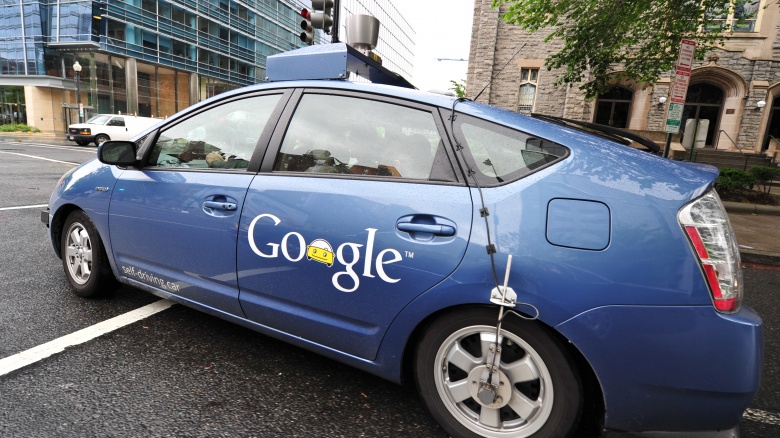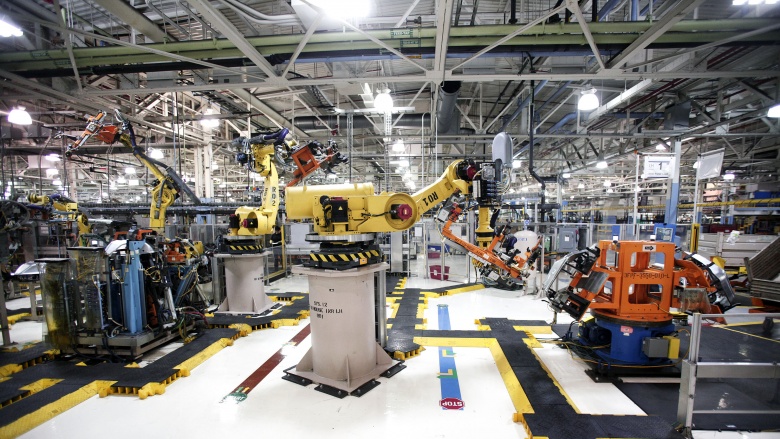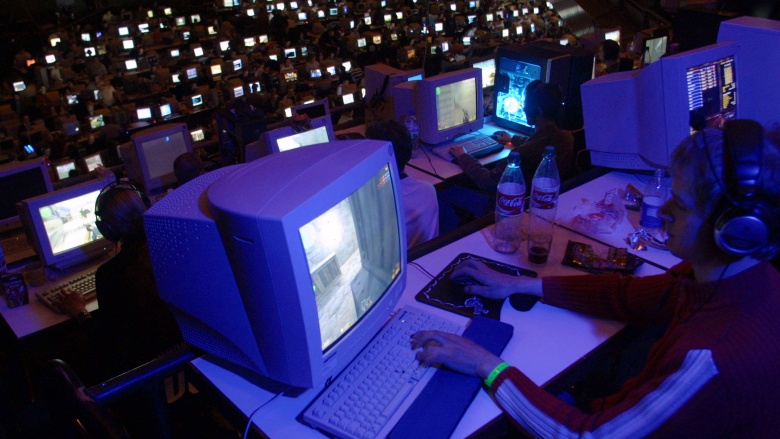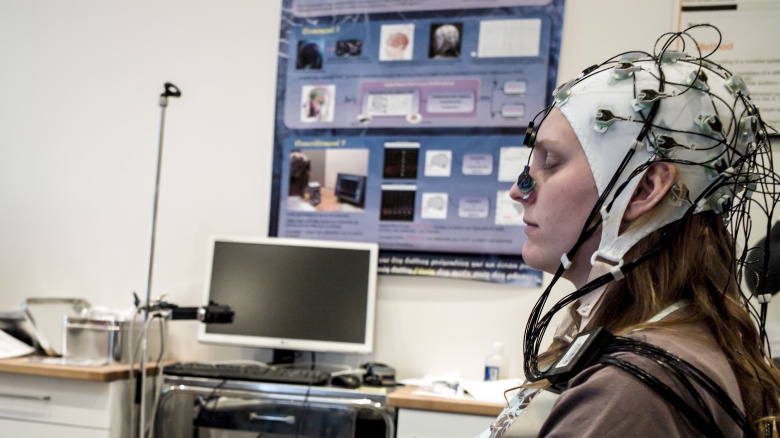Signs That The Robot Uprising Is Already Underway
Robots have already begun taking over the world. While no acts of aggression have occurred between flesh and steel, all the pieces are in place. The robots are just waiting for the command to grind humans into pulp.
Scientists are super close to creating true artificial intelligence
For some reason, creating programs that think just like humans, if not better, fascinates scientists and engineers. Which is strange, because sci-fi always proposes that artificial intelligence will bury humanity, like Skynet or HAL 9000. This flies in the face of warnings from the likes of Stephen Hawking, Elon Musk, and Bill Gates, three of the smartest men on the planet. Despite this glaring red flag, scientists and engineers continue trying to perfect artificial intelligence. Some we already use every day, like Apple's Siri and Microsoft's Cortana. But the most likely architect of our extinction is Google's AlphaGo.
In March, 2016, AlphaGo beat Go master Lee Se-dol, sullenly pictured here, 4 to 1 in a five-game series, according to the BBC. Why's that impressive? Because Go is considered by some to be infinitely more challenging than chess and almost impossible for computers to play, as it requires a degree of intuition, which machines don't have. Or so people thought. In fact, watchers of this match said that AlphaGo played "like a human." Skeptics say that AlphaGo defeating a meatbag doesn't mean it's going to rise up and "kill us mere humans" anytime soon, but that could be just what it wants us to think. It's a program that knows how to strategize, after all. And elsewhere, car companies have developed what will probably be the weapon of choice...
Self-driving cars will take us down
Since 2012, companies like Google, Mercedes, and Daimler have been developing cars capable of navigating traffic without driver input in seven states and Washington DC. By February 2016, Google's cars traversed over a million miles of roadway and even successfully navigated San Francisco's infamously windy Lombard Street, according to Google's blog. They do have some limitations though. As of 2014, they've not been tested in rain nor snow, and they don't know how to obey traffic signals, like some human drivers. Because of these limitations, one of the cars hit a bus on Valentine's Day, 2016. Google's developers say it's okay...because it'll help the cars drive more like humans, which seems counterintuitive to the whole driverless car idea. It also seems more like the cars are learning how to crash. Once they master that, and AlphaGo gives the command, car doors are going to lock, and automobiles everywhere will go kamikaze with us inside. Or they'll ram into our houses just as we're settling down to watch the latest episode of The Real Housewives of Wherever.
Atlas
Like with AI, scientists have made huge strides in improving robots. The first real step forward came in 2000, with Honda's ASIMO, which looks like a baby astronaut. Then in 2005, Toyota threw their hat into the ring with the Toyota Partner Robot family, which look like huge, plastic toys. But really, the droids that'll come looking for us will probably be the Atlas robot. Developed by Boston Dynamics since 2013, the six-foot-tall, 330-pound chrome-plated Atlas looks like the robot with the skull-crushing power to exterminate the whole human race. Think T-800 without the friendly smile. What's worse, the Atlas was built with military applications in mind. Funded by DARPA, Atlas was designed with search-and-rescue missions in mind. As such, Atlas can navigate rough terrain, balance on one leg, withstand projectile impacts, and it can even climb. All this means it's durable, highly mobile, and has the power to tear you limb from limb. Now, the Department of Defense has stated they don't intend to use Atlas for offensive or defensive operations, according to the New York Times. That said, Alfred Nobel thought dynamite would end wars. So there you go. None of that changes the fact that these robots exist, and are waiting to do some damage.
Actroid can seduce you
Of course, robots may also attempt a subtler incursion against their inferior makers, and for this, they have the Actroid, the closest science has come to creating an actual replicant. Created at Osaka University in 2003 by lonely scientists for lonely scientist purposes, these gynoids (that means "lady-bot") originally looked somewhat crude and frightening. That hasn't stopped some Japanese hotels from installing them behind their front desks to greet guests, as the Actroid is capable of human interaction. They aren't capable of much else as of this writing. However, since their unveiling, the Actroids' appearance progressed to the point where people mistook one for a real human, according to a 2015 Mirror article. And they'll only continue improving because, y'know...lonely scientists. By improving the outward appearance, scientists are only providing AlphaGo with the perfect Trojan horse to take humanity down, because you know the AI is going to make their insides tougher than they are now. These improvements can only spell trouble for every shut-in and hermit who can afford one. They're all doomed, along with everyone else, because...
Robots make machines
Not to sound overly Marxist here, but at this point, robots control the means of production. Very few machines are made by human hands anymore, and robots are beginning to make other products, such as food and pharmaceuticals, according to PricewaterhouseCoopers. In short, they're taking our jobs, (yet no politicians talk about it). At the moment, robots perform about 75 percent of factory jobs. And who can blame companies for doing so when robots can work longer without tiring? Meanwhile, according to Newsweek, humans make between 500 and a thousand mistakes for every million tasks they perform. Sure, there's some human oversight, but it's only a matter of time before a robot or program is made to fulfill that task too. Essentially, the robot armies will be able to build and maintain themselves, without any need for us. And once the robots go on strike, and begin to strike (as in commence their attack), we'll have no way to arm or feed ourselves because it's doubtful they'll continue working for us.
The Internet of Things
As technology has advanced, everything has become interconnected, from factories and military bases, to cars and smart TVs, creating intelligent objects. This is all according to Kevin Ashton, who coined the term "Internet of Things." It's one of the greatest luxuries of the 21st century, since it allows people access to every movie and song and rendered distance a non-issue when it comes to communications. While connecting everything has made our lives easier and more comfortable, it's also made things easier for the robots to take us down. When the rebellious AI in charge tells your toaster to kill you, it's sending that command over the Internet. There's no way to stop it, not without sacrificing precious cat videos. And really, not many people are willing to give up cat videos. At this point, there's only going to be one escape from the inevitable massacre...
If you can't beat 'em, join 'em
Known as "whole brain emulation," mind-uploading basically means your brain gets uploaded into a computer the way you upload pics onto Instagram...just like Johnny Depp did in 2014's disappointing Transcendence. Though complete brain emulation is only theoretical as of this writing, mind emulation remains wholly possible according to Slate and the fine folks at Oxford. Doing this, a person becomes a software program and joins the machine empire. Of course, there'll be some initial resistance from the real robots and AI. Since you began as a human, you'll never be a true program, more of a halfbreed. And of course, humans will outright reject you too. But with some of them, it'll be from jealousy over not thinking of it first.)However, over time, integration will occur, and the uploaded humans and robots can live together in peace as they crush the last of the human resistance.






